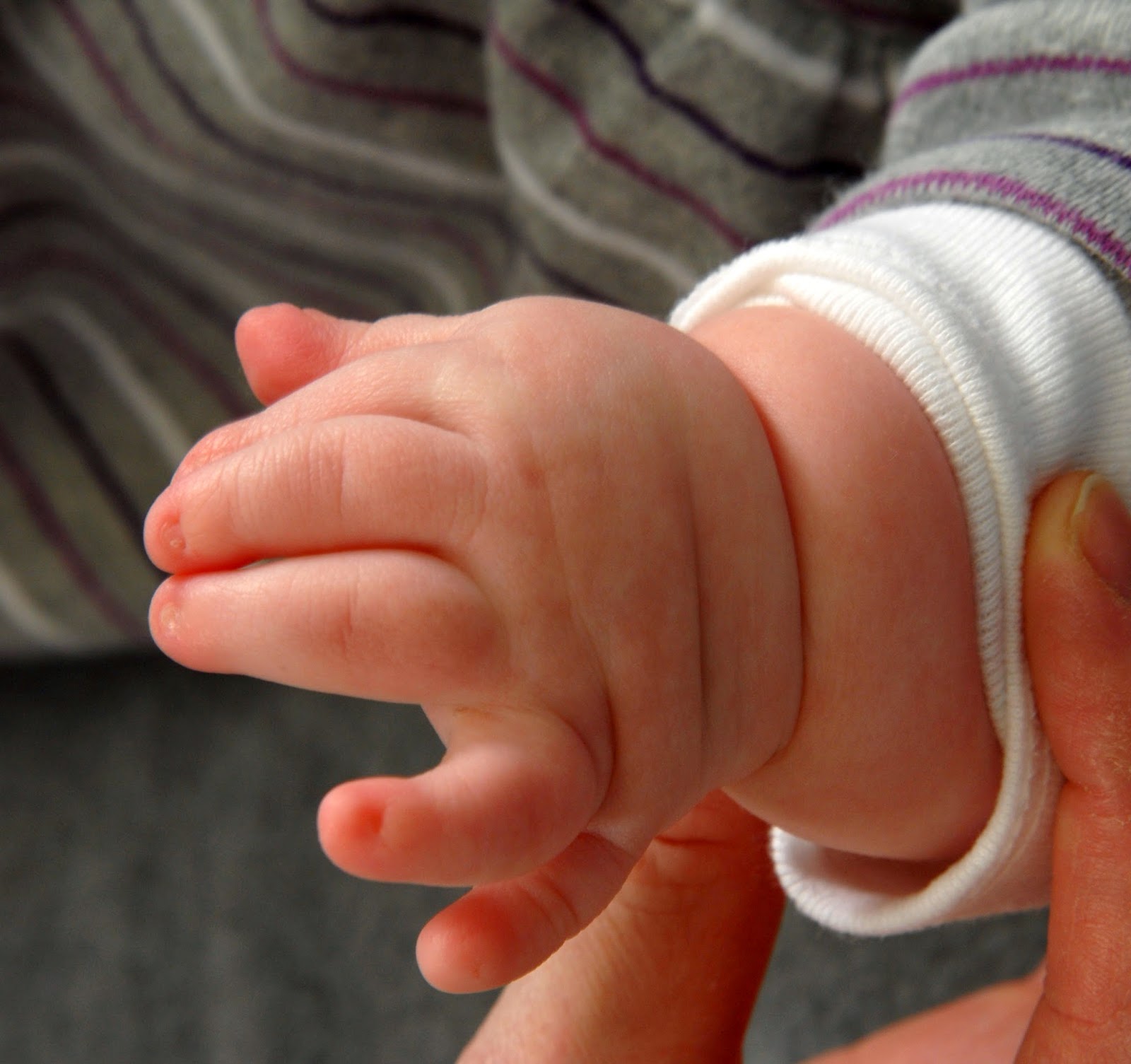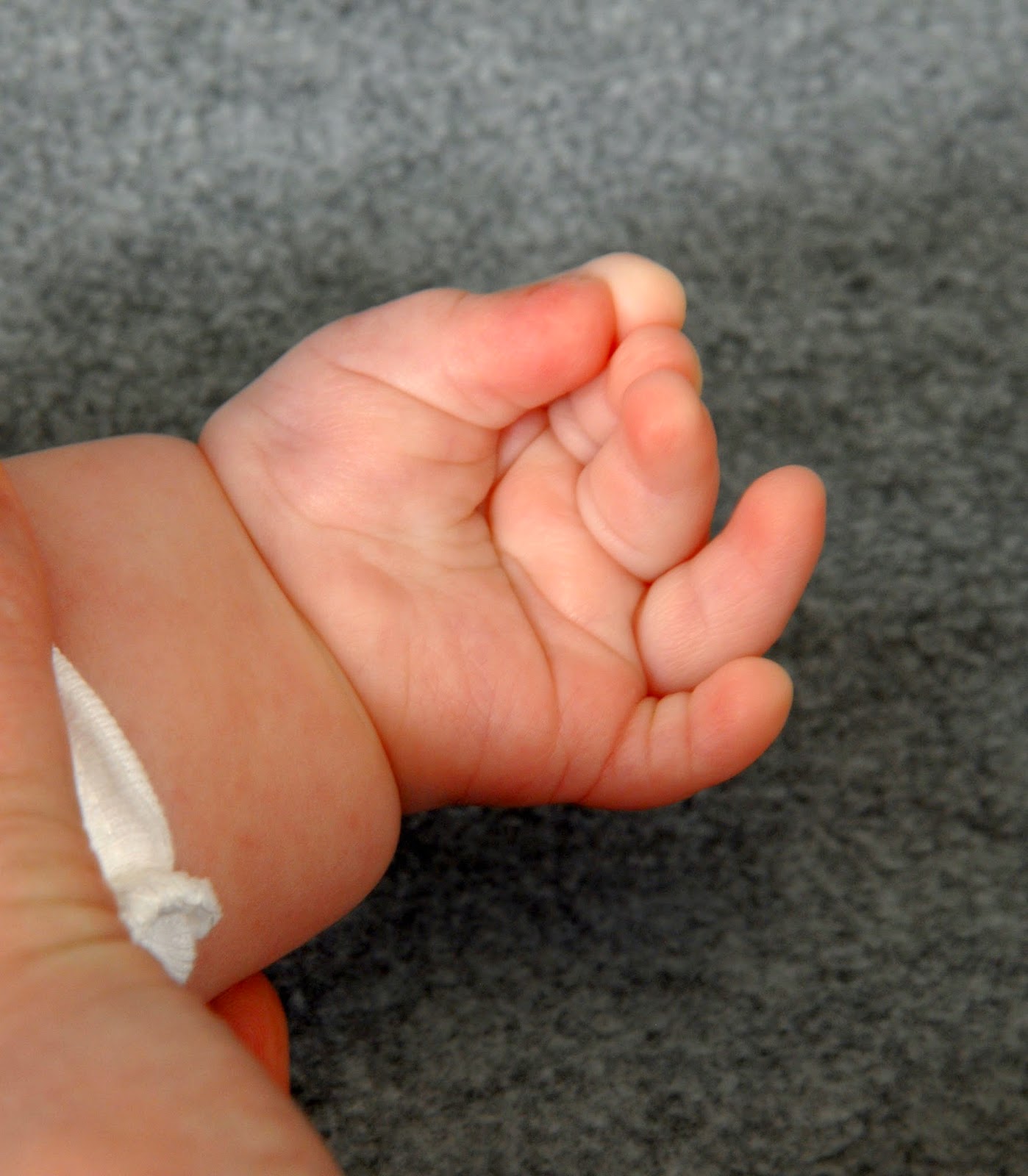Extra fingers can be on the thumb side of the hand, the central part of the hand, or the small finger (pinky) side of the hand. The location of the extra digit is important because it relates the risk of other conditions such as syndromes or other abnormalities. Small finger polydactyly is the most common location and most patients have a very small extra digit, or nubbin. However, others can have fully formed extra digits which can either be straight or ‘crooked.” African Americans are most commonly affected with the extra small finger and there is a strong autosomal dominant hereditary pattern. Rarely are there any other health problems in these patients. Caucasians are more commonly affected with thumb sided polydactyly. When Caucasians have small finger polydactyly, the physician needs to be aware of the syndromes that can be associated. A genetic assessment may be recommended.
Wikipedia has a nice summary of polydactyly. There are a number of syndromes which are considered in these patients including Greig cephalopolysyndactyly syndrome, Meckel syndrome, Ellis van Creveld syndrome, McKusick Kaufman syndrome, and Bardet Biedle syndrome.
Ellis van Creveld syndrome is perhaps the most discussed of these associated syndromes and is quite uncommon. As always, there is great information on the NIH Genetics Homepage. It is also known as chondroectrodermal dysplasia. Other important clinic findings aside from the polydactyly include: short stature, abnormal fingernails, and heart defects (in some patients). We know a fair amount about the genetics. It is an autosomal recessive disorder meaning the affected child received the abnormal gene from each parent and mutation is in the EVC gene (or EVC2 gene). It is more commonly seen in the Amish population in Pennsylvania and also in Western Australia.
Below are clinical pictures and a few x- rays demonstrating the appearance of the hand.
 |
| Ellis van Creveld syndrome with 6 digits on the left hand. Slightly crooked ring and small fingers, the site of the polydactyly. |
 |
| Palmar view of Ellis van Creveld syndrome with polydactyly. |
 |
| X-ray of polydactyly in Ellis van Creveld syndrome. |
 |
| The right hand in a patient with Ellis van Creveld syndrome with 6 digit polydactyly. Note the deformity of the ring and small fingers and extra digit. |
 |
| An x-ray of the right hand in a patient with Ellis van Creveld syndrome with 6 digit polydactyly. Note the deformity of the ring and small fingers and extra digit. |




